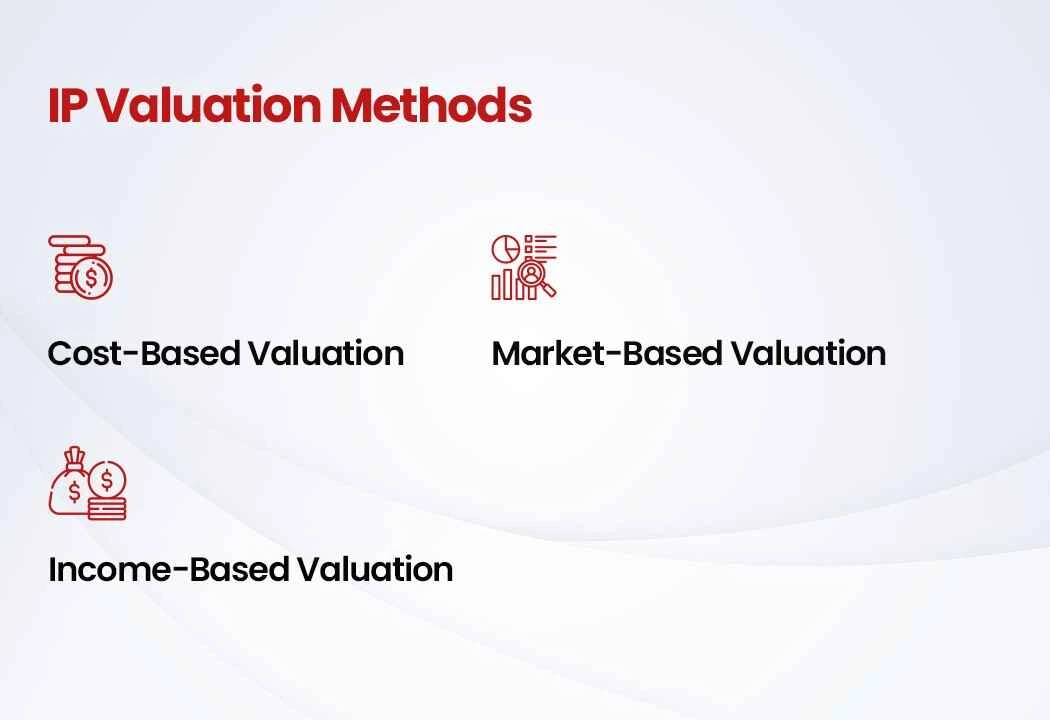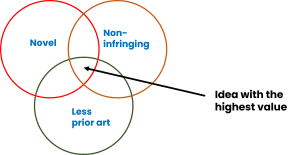The Modern IP Market Landscape
Surge in IP Generation
In today’s economy, there’s a remarkable increase in the generation of intellectual property. Big corporations, universities, individual inventors, and startups are constantly contributing to the growing pool of IP assets.
This surge reflects the importance of innovation and the value placed on new ideas and technologies.
Role of Brokers and Finders
The IP market has seen the emergence of sophisticated brokers and finders. These professionals help connect patent holders with potential buyers or licensees.
Their expertise lies in understanding market demands, identifying valuable patents, and negotiating deals. Consequently, inventors can more easily find opportunities to monetize their patents.
Contributions from Big Companies, Universities, and Startups
Major technology companies, research institutions, and startups are key players in the IP market. Big companies often invest heavily in R&D, generating numerous patents.
Universities contribute through academic research, often leading to groundbreaking discoveries. Startups bring fresh, innovative ideas, further enriching the IP landscape.
Emerging Technologies Driving IP Growth
Technological advancements are driving the expansion of the IP market. Innovations in fields such as semiconductors, wearables, the Internet of Things (IoT), and augmented reality are generating vast amounts of intellectual property.
These emerging technologies offer significant commercial potential, attracting substantial investments and strategic interest.
Role of NPEs, Aggregators, and Clearance Houses
Non-Practicing Entities (NPEs), aggregators, and clearance houses play pivotal roles in the IP market. NPEs, often referred to as “patent trolls,” acquire patents to monetize them through licensing or litigation.
Aggregators pool patents, offering them to companies as packages. Clearance houses facilitate transactions, ensuring legal and regulatory compliance.
Mergers & Acquisitions Departments
Large corporations have dedicated mergers and acquisitions (M&A) departments focused on acquiring valuable IP. These departments aim to “get it off the streets,” securing patents that might pose competitive threats.
This strategic approach ensures that valuable IP assets are integrated into their portfolios, bolstering their market position.


 The intersection of these circles, where a patent is novel, non-infringing, and free from prior art, is the “sweet spot” for the highest current value.
The intersection of these circles, where a patent is novel, non-infringing, and free from prior art, is the “sweet spot” for the highest current value.




